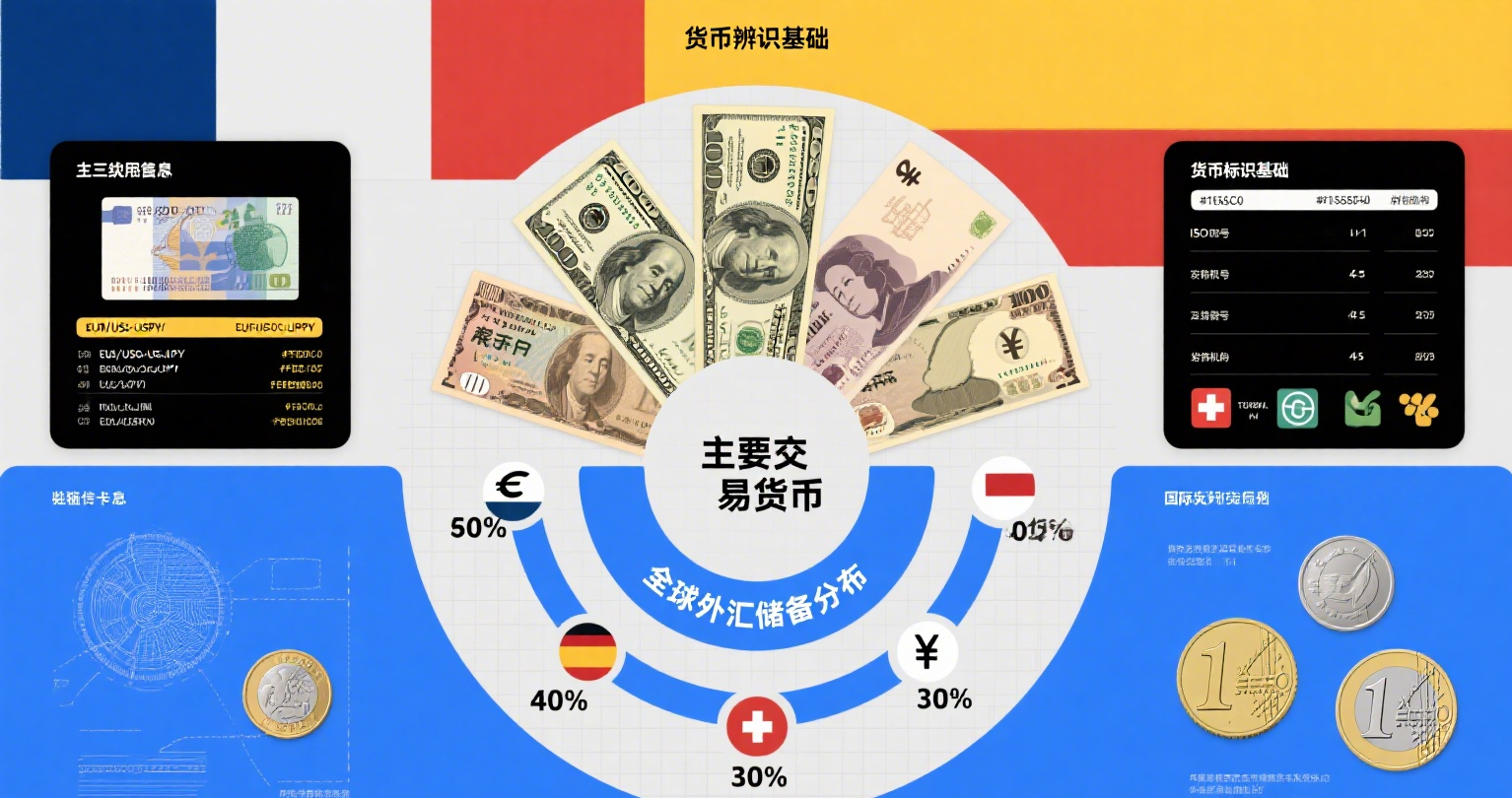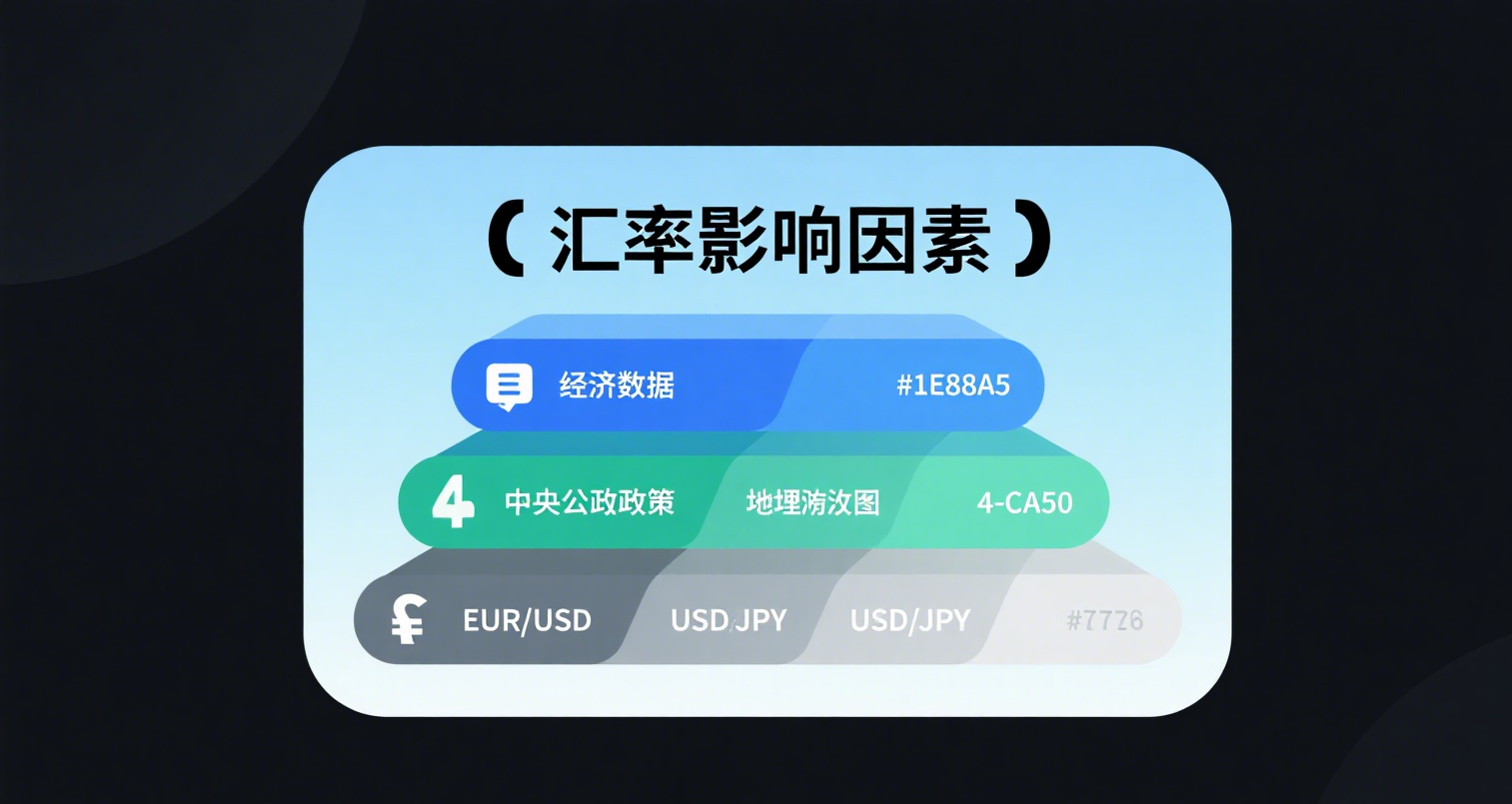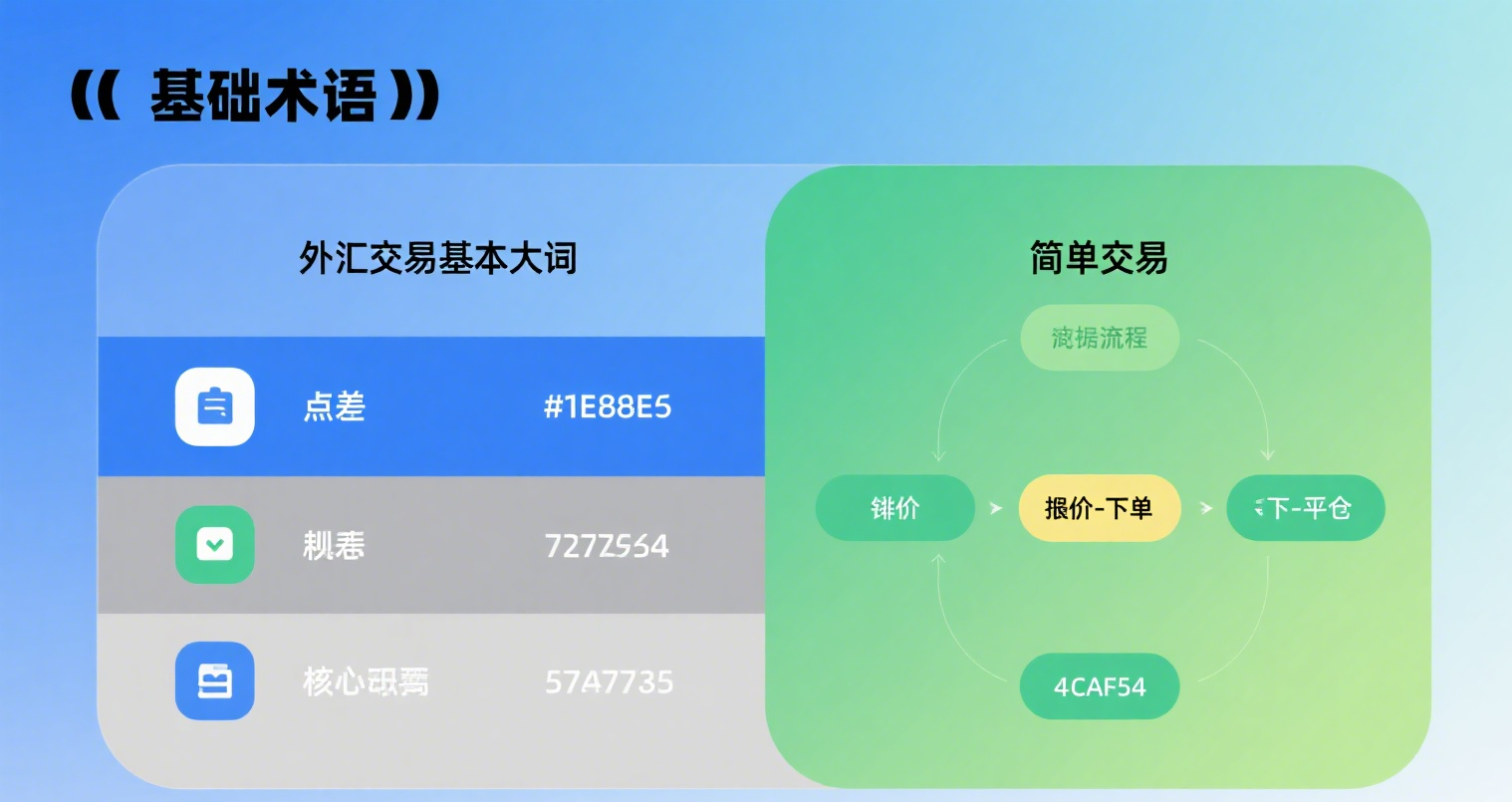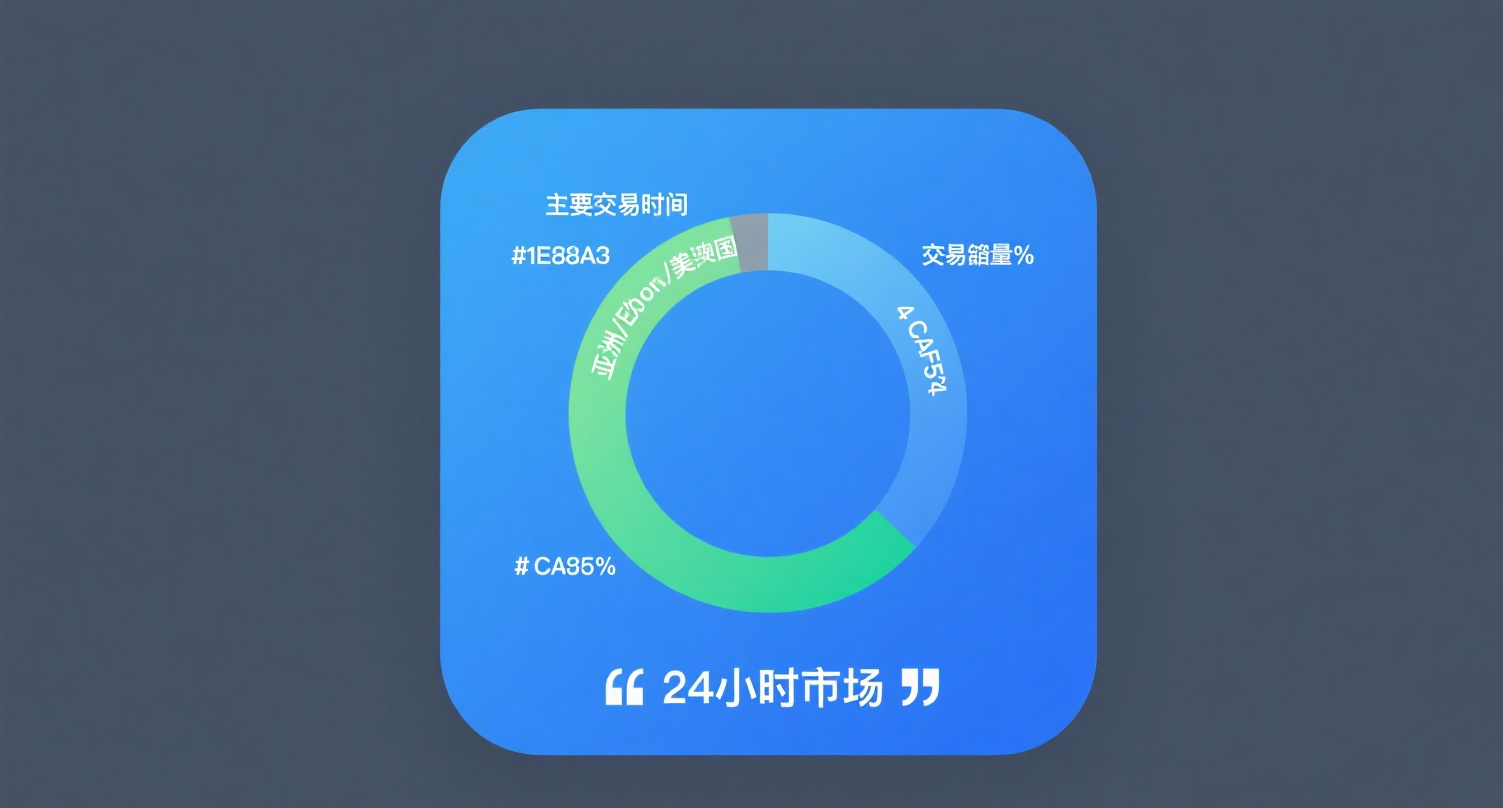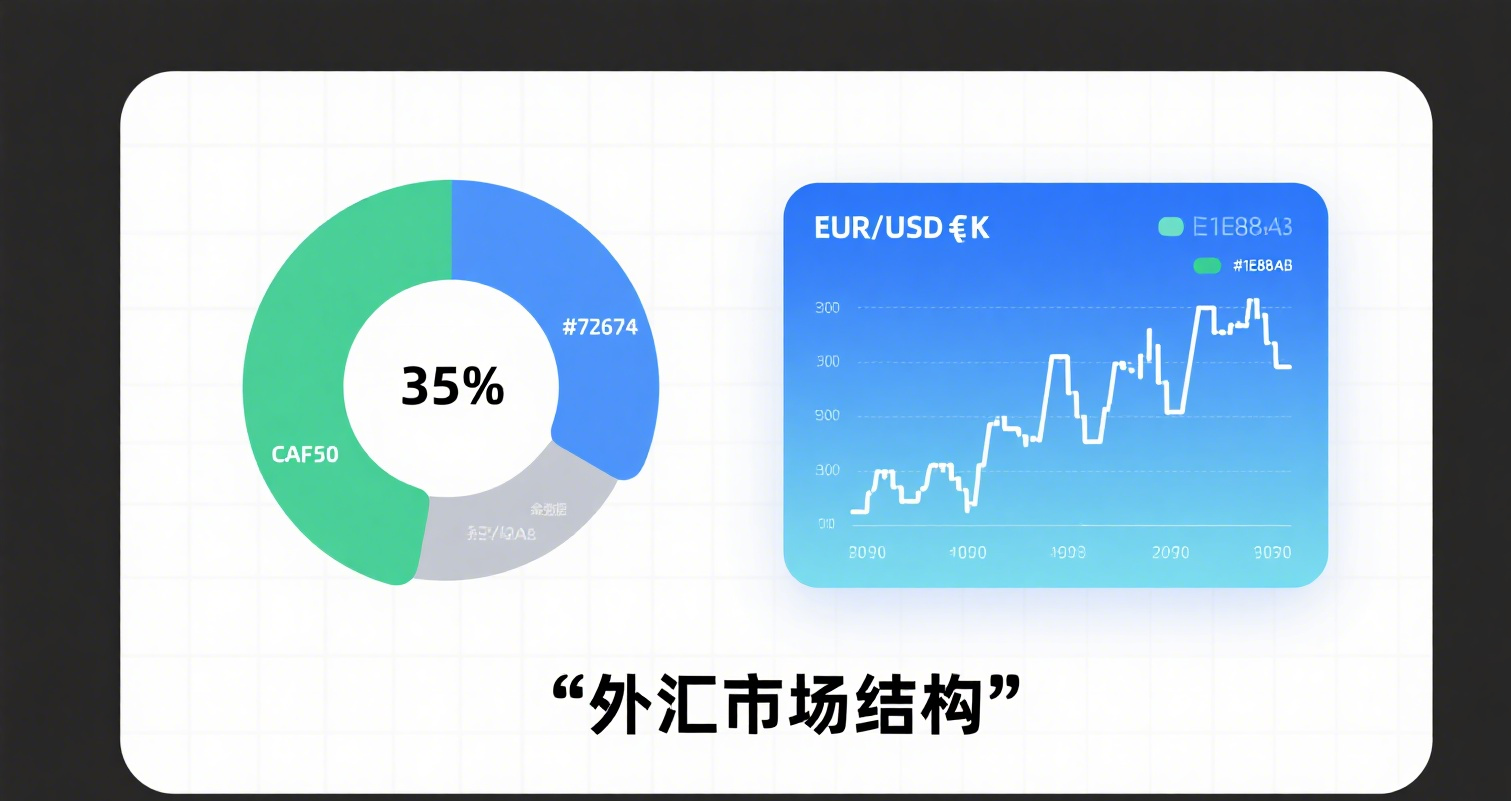
Three Types of Landmines in the Stock Market
In 1999, Zhang Huaqiao began investing in stocks. By 2017, when he published Tears of Stock Investors, he had 18 years of experience in the market and summarized three types of landmines in the stock market.
1. Landmines Planted by Listed Companies
These typically involve a mix of accounting fraud, exaggerated promises, and selective reporting of good news while hiding the bad. Some landmines remain undetected for 20-30 years until sudden, inexplicable profit declines or forced restructuring reveal them. Additionally, many major shareholders siphon funds from their companies.
In 2020, Shede Spirits announced that its controlling shareholder had illegally misappropriated company funds, while the CFO claimed ignorance. I don’t believe him.
Long-time investors will recall cases where a company’s deposits mysteriously vanished every few years. I’ve heard of two or three such incidents—did the money really disappear, or was there another reason? As retail investors, we can never know the truth.
2. Landmines Planted by the Government
These come in two forms:
-
Local governments encourage, tolerate, or even help companies inflate sales, profits, and tax payments.
-
Governments offer preferential treatment in land use, taxes, environmental policies, and subsidies—especially before IPOs—to artificially boost profits. The market then prices in decades of earnings, even though much of it is unsustainable.
Thus, Zhang Huaqiao advises against investing in companies listed for less than three years. Most seasoned A-share investors share this view, avoiding firms listed for less than three to five years until their pre-IPO financial embellishments fade.
3. Landmines Planted by Investors Themselves
Speculation, overconfidence, wishful thinking, and lack of proper research are common pitfalls. Another issue is investors’ reluctance to admit their limitations, especially when cyclical industry downturns hit. Many also ignore the concept of a margin of safety.
Warren Buffett says he analyzes 8-10 years of financial data before investing in a company. For cyclical industries, I believe even 8-10 years isn’t enough—sometimes 20-30 years of data is necessary.
Stock market P/E ratios fluctuate wildly, ranging from 5x to 50x. Such extreme valuation swings are hard for retail investors to navigate. To avoid heavy losses, one must understand the historical high and low valuation ranges of an industry and company before judging whether the current P/E is expensive.
Recently, I came across a perspective from Gui Jiang of Ximpu Investments: the healthcare sector faces a downturn due to fiscal tightening. He argues that when a country’s finances and healthcare budgets tighten, medical spending is likely to contract, marking a cyclical downturn for the industry.
This insight stunned me. Had I known about this cycle seven or eight years ago, I would’ve approached healthcare investments far more cautiously. Yet, healthcare companies’ annual reports rarely mention cyclicality, often downplaying it as mere "policy risk."







